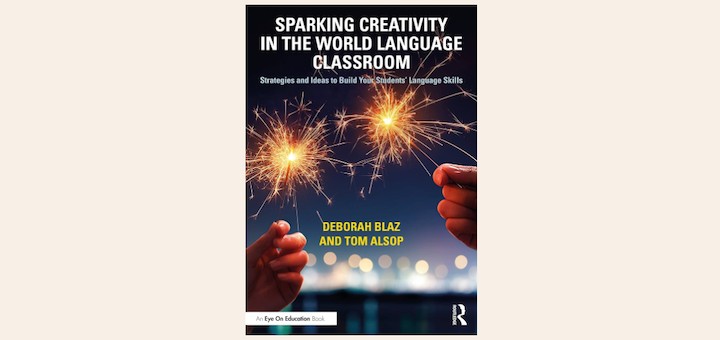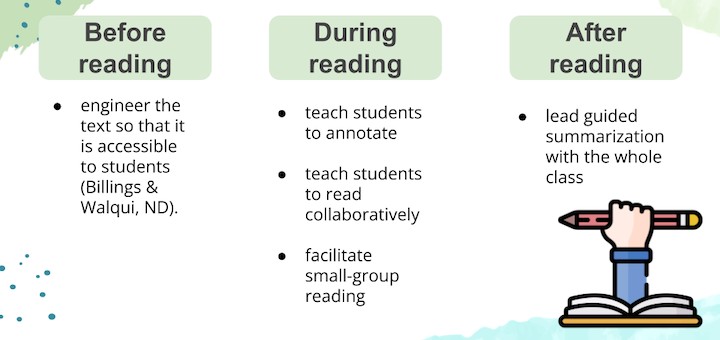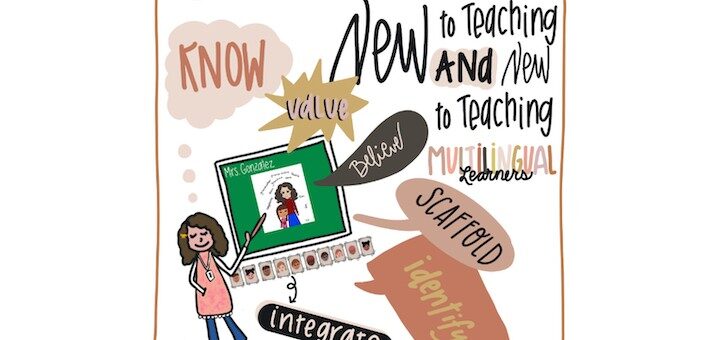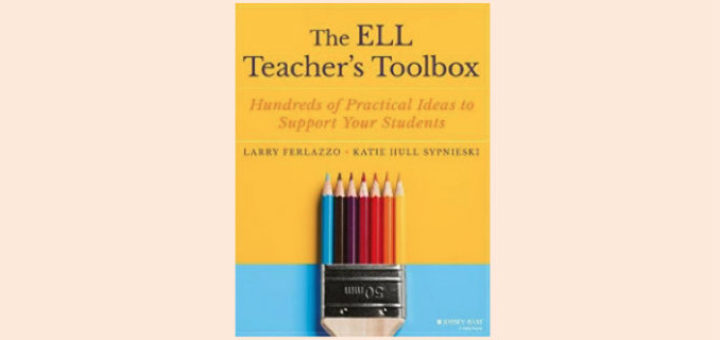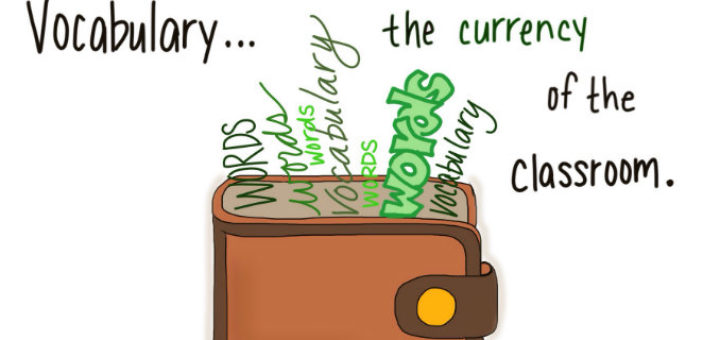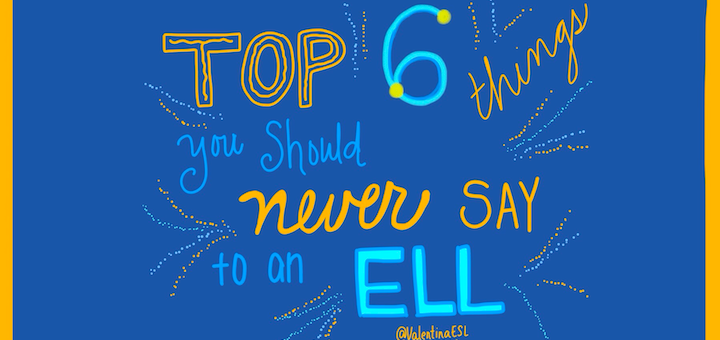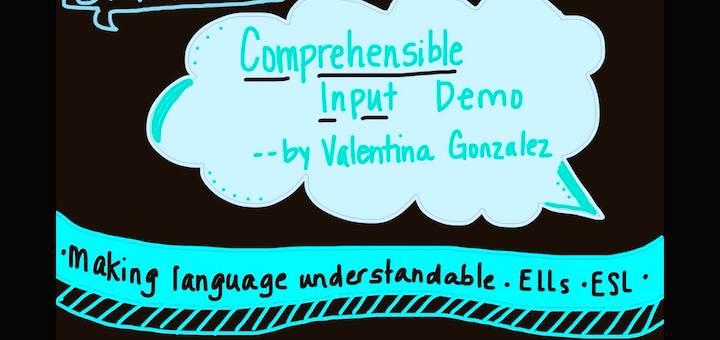Tagged: English Language Learners
Sparking Creativity in the World Language Classroom by veteran educators Deborah Blaz and Tom Alsop provides examples from language programs showcasing how creativity can be integrated into curricula to engage our students, writes Spanish teacher and ELM coach Melinda Stewart.
To help long-term English learners meet reading comprehension challenges, language specialist Tan Huynh shares strategies to use before reading, during reading, and after reading so that multilinguals have the scaffolding they need to read grade-level texts with understanding.
Writing from her background in working with students who were born outside of the U.S and are new to the country, the language, the culture, and the school system, Dr. Stephanie Dewing shares five tips to engage these newcomers. Included: assets-based language development.
First and foremost, writes EL expert Valentina Gonzalez, new teachers need to view multilingualism as a student asset. Learn her five proven strategies to achieve teaching success with multilinguals, who need to be valued, respected and supported to master academic content.
The ELL Teacher’s Toolbox is all meat with 400+ pages of teaching tactics, techniques, and methods, organized for use by ELL teachers and their colleagues across content areas. Educator Rita Platt says the book’s high impact strategies are perfect for summer PD.
Larry Ferlazzo and Katie Sypnieski provide ELL students the chance to read high-interest books independently. Literary conversations help ELLs interact with the texts, creating a classroom culture of shared literacy. The co-authors share six creative activities.
To create classrooms where vocabulary learning thrives, Valentina Gonzalez recommends an interactive word wall – a large graphic organizer displaying critical vocabulary with related ideas and visuals added by students. Great across subjects, for ELLs and everyone else!
Practical teachers concerned with helping kids move forward as readers know that giving them access to engaging texts at their approximate level is an important strategy, says school librarian Rita Platt. Read her arguments for avoiding an either-or approach to leveling.
Sometimes we don’t even realize there are things we say or do that may cause our ELL students to become anxious or discouraged and interfere with their ability or desire to learn. Expert Valentina Gonzalez shares six things we should avoid saying to English learners.
If we provide scaffolds for the students who need it – especially ELLs who represent so many different backgrounds – we can promote independent learning. Valentina Gonzalez offers five easy-to-implement strategies to help make lessons ELL-friendly in any content area.

